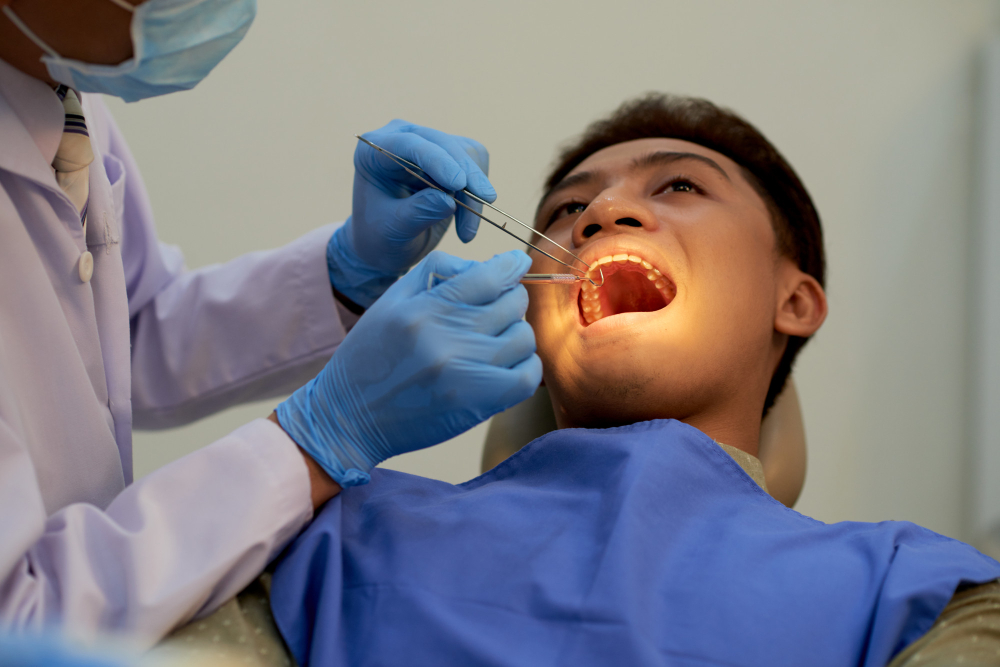What is Root Canal Treatment (RCT)?
Root canal treatment is a dental procedure that saves a tooth with deep infection or damage. During RCT, your dentist removes the infected pulp inside the tooth. Then, the space is cleaned, filled, and sealed. As a result, you can keep your natural tooth and avoid extraction. Many people choose root canal treatment for dental pain relief and to restore their smile.
Symptoms Indicating the Need for RCT
Sometimes, tooth pain signals a deeper problem. However, not all pain means you need a root canal. Look for these common root canal symptoms:
If you notice these signs, you should visit your dentist soon. Early care can prevent further problems.
Causes Leading to RCT
Several factors can lead to the need for root canal treatment. Often, tooth decay is the main cause. However, other reasons include:
Because these issues can damage the tooth’s nerve, RCT may be needed to save it.
Diagnosis Process for RCT
First, your dentist will ask about your symptoms and medical history. Next, they will examine your mouth and teeth. X-rays help show the extent of infection or damage. Sometimes, your dentist may tap or press on the tooth to check for pain. All these steps help decide if root canal treatment is right for you.
Step-by-Step RCT Procedure
Root canal treatment usually takes one or two visits. Here is what you can expect:
Because the area is numb, most people feel little to no pain during the RCT procedure.
Aftercare and Recovery Tips
After root canal treatment, you may feel mild soreness for a few days. However, most people return to normal activities quickly. To help your recovery:
If you notice swelling, severe pain, or fever, contact your dentist right away. Quick action can prevent complications.
Prevention of Dental Issues Requiring RCT
Good oral care can lower your risk of needing root canal treatment. Here are some simple tips:
Because prevention is easier than treatment, these habits help keep your teeth healthy.
Conclusion
Root canal treatment can save your natural tooth and relieve dental pain. If you notice symptoms like persistent tooth pain, swelling, or sensitivity, don’t wait. Consult Dr. Prashant Marka, a skilled dentist, for personalized advice on whether root canal treatment is right for you. Early intervention can prevent further damage and help restore your oral health..



